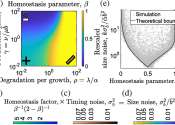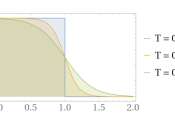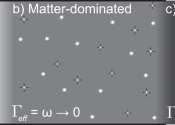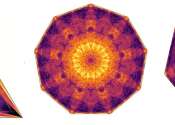Physical Review Letters (PRL), established in 1958, is a peer reviewed, scientific journal that is published 52 times per year by the American Physical Society. According to various measurement standards, which includes the Journal Citation Reports impact factor, Physical Review Letters is considered to be a prestigious journal in the field of physics.
PRL is published as a print journal, and is in electronic format, online and CD-ROM. Its focus is rapid dissemination of significant, or notable, results of fundamental research on all topics related to all fields of physics. This is accomplished by rapid publication of short reports, called "Letters". Papers are published and available electronically one article at a time. When published in such a manner, the paper is available to be cited by other work. Three editors are listed for this journal: Jack Sandweiss, George Basbas, and Reinhardt B. Schuhmann.
Physical Review Letters is an internationally read physics journal, describing a diverse readership. Advances in physics, as well as cross disciplinary developments, are disseminated weekly, via this publication. Topics covered by this journal are also the explicit titles for each
- Publisher
- American Physical Society
- Country
- United States
- History
- 1958–present
- Website
- http://prl.aps.org/
- Impact factor
-
7.328
(2009)
Some content from Wikipedia,
licensed under CC BY-SA









